2023 Year-End Tax Planning: Individual Tax Considerations
November 1, 2023
INDIVIDUAL TAX PLANNING
The end of the year is often an optimal time for tax planning, but you must be careful to avoid potential pitfalls along the way. Notably, any year-end tax strategies you implement should take all the latest tax developments into account.
In particular, Congress has enacted significant tax legislation in recent years, beginning with the massive Tax Cuts and Jobs Act (TCJA) of 2017. Many provisions in the TCJA are effective for 2018 through 2025. Soon after, the Setting Every Community Up for Retirement Enhancement (SECURE) Act was signed into law, designed primarily to enhance retirement savings.
During the height of pandemic, a trio of laws—the Coronavirus Aid, Relief, and Economic Security (CARES) Act, the Consolidated Appropriations Act (CAA) and the American Rescue Plan Act (ARPA)—provided various forms of tax relief. Another law passed in the summer of 2022, the Inflation Reduction Act (IRA), created both new opportunities and obstacles for certain individuals and business entities.
Finally, late in 2022, the law dubbed “SECURE 2.0” built on the foundation of the initial SECURE Act and added several new layers.
Itemized Deductions
When you file your personal 2023 tax return, you must choose between the standard deduction and itemized deductions. The standard deduction for 2023 is $13,850 for single filers and $27,700 for joint filers. (An additional $1,850 standard deduction is allowed for a taxpayer age 65 or older.)
YEAR-END MOVE: If you come out ahead by itemizing, you may want to accelerate certain deductible expenses into 2023. For example, consider the following possibilities.
- Donate cash or property to a qualified charitable organization (see more below).
- Pay deductible mortgage interest if it otherwise makes sense for your situation. Currently, this includes interest on acquisition debt of up to $750,000 for your principal residence and one other home.
- Make state and local tax (SALT) payments up to the annual SALT deduction limit of $10,000.
- Add home improvements that qualify for mortgage interest deductions as acquisition debt. This includes loans made to substantially improve a qualified residence.
- Schedule non-emergency physician or dentist visits in 2023 if you expect to qualify for a medical deduction this year. Only unreimbursed expenses above 7.5% of your adjusted gross income (AGI) are deductible.
Tip: Conversely, if you do not expect to qualify for a medical deduction in 2023, you might as well delay non-emergency expenses to 2024 when they may do you some tax good.
Charitable Donations
The tax law allows you to deduct charitable donations within generous limits if you meet certain recordkeeping requirements.
YEAR-END MOVE: Step up charitable gift-giving before January 1. As long as you make a donation in 2023, it is deductible in 2023, even if you charge it in 2023 and pay it in 2024.
- If you make monetary contributions, your deduction is limited to 60% of your AGI. Any excess above the 60%-of-AGI limit may be carried over for up to five years.
- If you donate appreciated property held longer than one year (i.e., it would qualify for long-term capital gain treatment if sold), you can generally deduct an amount equal to the property’s fair market value (FMV) on the donation date, up to 30% of your AGI. But the deduction for short-term capital gain property is limited to your initial cost.
Tip: Any excess above the 30%-of-AGI limit may be carried over for up to five years.
Alternative Minimum Tax
The complex alternative minimum tax (AMT) calculation features technical adjustments, inclusion of “tax preference items” and subtraction of an exemption amount (subject to a phase-out). After comparing AMT liability for the year to regular tax liability, you effectively pay the higher of the two.
YEAR-END MOVE: Have your tax professional assess your AMT status. When it makes sense, you may shift certain income items to 2024 to reduce AMT liability for 2023. For instance, you might postpone the exercise of incentive stock options (ISOs) that count as tax preference items.
Due to changes in the Tax Cuts and Jobs Act (TCJA), the exemption amounts for the AMT have increased dramatically since 2017, as shown below.
|
Filing status |
2017 |
2018 |
2019 |
2020 |
2021 |
2022 |
2023 |
|
Single filers |
$54,300 |
$70,300 |
$71,700 |
$72,900 |
$73,600 |
$75,900 |
$81,300 |
|
Joint filers |
$84,500 |
$109,400 |
$111,700 |
$113,400 |
$114,600 |
$118,100 |
$126,500 |
|
Married filing separately |
$42,250 |
$54,700 |
$55,850 |
$56,700 |
$57,300 |
$59,050 |
$63,250 |
Tip: The AMT rate for both single and joint filers for 2023 is 26% on AMT income up to $220,700 (or $110,350 if married and filing separately) and 28% on AMT income above this threshold. Note that the top AMT rate is still lower than the top ordinary income tax rate of 37%.
Electric Vehicle Credits
If you are in the market for a new vehicle, be aware of the tax benefits of purchasing a plug-in electric vehicle (EV).
YEAR-END MOVE: Consider all the tax and non-tax angles. Notably, the Inflation Reduction Act (IRA) increases the tax credits for some taxpayers buying EVs in 2023 but disallows any credit for others.
Generally, the maximum credit allowed for EVs purchased in 2023 is $7,500. The vehicle must be powered by batteries with materials sourced from the U.S. or its free trade partners and it must be assembled in North America.
However, the credit cannot be claimed by a single filer with a modified adjusted gross income (MAGI) above $150,000 or MAGI of $300,000 for joint filers. Also, the credit is not available for most passenger vehicles that cost more than $55,000. The threshold is $80,000 for vans, sports utility vehicles (SUVs) and pickup trucks.
Furthermore, you cannot claim any credit if you lease an EV instead of buying it. And the credit for EVs is nonrefundable, so you may want time year-end purchases accordingly.
Tip: The IRA eliminates the prior rule phasing out the credit based on the number of vehicles produced by a specific manufacturer, beginning in 2023.
Higher Education Credits
The tax law provides tax breaks to parents of children in college, subject to certain limits. This often includes a choice between one of two higher education credits.
YEAR-END MOVE: When appropriate, pay qualified expenses for next semester by the end of this year. Generally, the costs will be eligible for a credit in 2023, even if the semester does not begin until 2024.
Typically, you can claim either the American Opportunity Tax Credit (AOTC) or the Lifetime Learning Credit (LLC), but not both. The maximum AOTC of $2,500 is available for qualified expenses for four years of study for each student, while the maximum $2,000 LLC is claimed on a per-family basis for all years of study. Thus, the AOTC is usually preferable to the LLC.
Both credits are phased out based on your MAGI. The phase-out for each credit occurs between $80,000 and $90,000 of MAGI for single filers and between $160,000 and $180,000 of MAGI for joint filers.
Tip: The list of qualified expenses includes tuition, books, fees, equipment, computers, etc., but not room and board.
Miscellaneous
- Minimize “kiddie tax” problems by having your child invest in tax-deferred or tax-exempt securities. For 2023, unearned income above $2,500 that is received by a dependent child under age 19 (or under age 24 if a full-time student) is taxed at the top tax rate of the parents.
- Install energy-saving devices at home that result in either of two residential credits. For example, you may be able to claim a credit for installing solar panels. Generally, each credit equals 30% of the cost of qualified expenses, subject to certain limits.
- Avoid an estimated tax penalty by qualifying for a safe-harbor exception. Generally, a penalty will not be imposed if you pay 90% of your current year’s tax liability or 100% of your prior year’s tax liability (110% if your AGI exceeded $150,000).
- Pay expenses qualifying for the dependent care credit. Generally, the maximum credit is $600 for childcare costs of one under age-13-child or $1,200 for two or more qualified children.
- Empty out flexible spending accounts (FSAs) for healthcare or dependent care expenses if you will forfeit unused funds under the “use-it-or-lose it” rule. However, your employer’s plan may provide a carryover to 2024 of up to $610 of unused funds or a 2½-month grace period.
- If you own property damaged in a federal disaster area in 2023, you may qualify for faster-than-usual casualty loss relief by filing an amended 2022 return. The TCJA suspended the deduction for casualty losses for 2018 through 2025 but retained a current deduction for disaster-area losses.
CONCLUSION
This year-end tax-planning letter is based on the prevailing federal tax laws, rules and regulations. Of course, it is subject to change, especially if additional tax legislation is enacted by Congress before the end of the year.
Finally, remember that this letter is intended to serve only as a general guideline. Your personal circumstances will likely require careful examination. Please call Larson & Company today at 801-313-1900 to schedule a meeting for assistance with all your tax-planning needs.
Source: Elite Editorial Services, 2023 Year-End Tax Planning Letter, 11/01/23
This year-end tax-planning letter is published for our clients, friends and professional associates. It is designed to provide accurate and authoritative information with respect to the subject matter covered. The information contained in this letter is not intended or written to be used for the purpose of avoiding any penalties that may be imposed under federal tax law and cannot be used by you or any other taxpayer for the purpose of avoiding such penalties. Before any action is taken based on this information, it is essential that competent, individual, professional advice be obtained.


.png)



